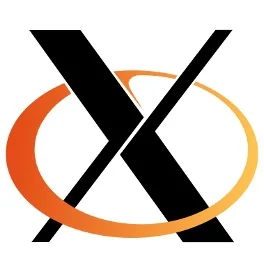X.Org SoC: Gallium3D H.264, OpenGL 3.2, GNU/Hurd

So far on the 2010 idea list is Gallium H.264 decoding, an OpenGL 3.2 State Tracker, an OpenGL fixed function "super shader" implementation, automated testing, VT switching for GNU/Hurd, and porting DRM to GNU/Hurd. The H.264 video decoding for Tungsten's 3D driver architecture would involve writing a VDPAU state tracker that implements this popular (and quite good) NVIDIA API. The GNU/Hurd ideas involve bringing the Direct Rendering Manager code to this GNU operating system, which consists of memory management (GEM/TTM), kernel mode-setting, and then the 3D code too. What makes the GNU/Hurd work special is the interesting implications presented by its micro-kernel design.
The "automated testing" SoC idea mentions: "Ideas: IRC/mail notification of new regressions, graphing of the performance data cairobench and x11perf give us (with automatic marking of regressions), more functional tests." Any semi-technical student could easily accomplish this in a weekend with the tools that we provide... The Phoronix Test Suite already fully supports the automated testing of x11perf and Cairobench will be soon (still waiting on Intel to hand over the test profile), Phoromatic can then be used for aggregating the results from the runs that are scheduled daily or triggered on an action (say a new Git commit), then Phoromatic Tracker provides the public interface and the other features like automatic regression detecting, etc. Other graphics tests too could be easily strapped on that are already supported by our GPLv3 software. We're already doing this for the entire Linux kernel on a daily basis at kernel-tracker.phoromatic.com and it basically took a day to setup this tracker. We also have other trackers on the way too, but we certainly would love to see X.Org get involved with better testing. About the only actual work required would be setting up a small shim to allow jhautobuild that the X.Org project uses for automated builds that allows it to connect-in and send triggers to the Phoromatic.
The full list of Google Summer of Code ideas for the X.Org project can be found on the project Wiki.
24 Comments

